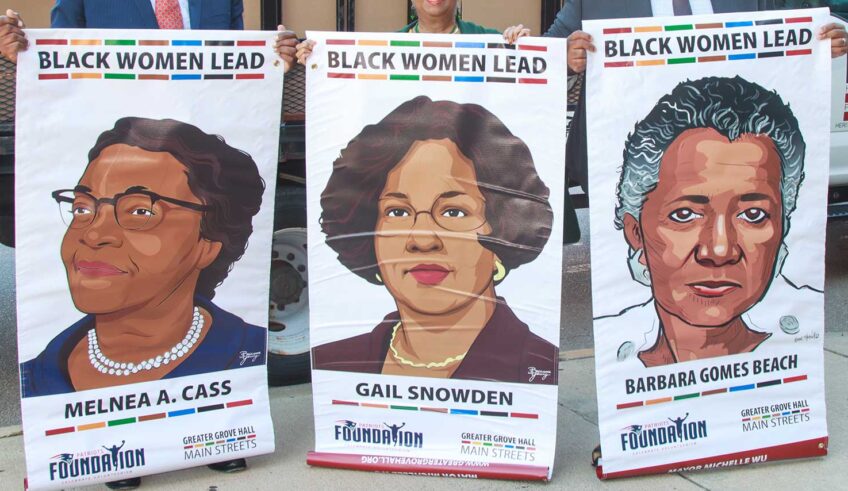“Investigation of the 1964 Murders of Michael Schwerner, James Chaney, and Andrew Goodman” “Case Closed.” — U. S. Department of Justice
So stated federal and Mississippi state officials last week in declaring at an end their long attempt to bring to justice all the men who had committed one of the most notorious crimes in modern American history — the murder of three civil rights workers near Philadelphia, Mississippi in June, 1964.
Although seven men involved in the murder were convicted in 1967 of federal conspiracy charges, most of the mob of at least nineteen escaped justice. Four decades later, however, the Mississippi Attorney General’s office revived the investigation and, based on new evidence, arrested one of the latter, Edgar Ray Killen, the ringleader of the death squad, and charged him with three counts of manslaughter. In 2005 a Mississippi jury found him guilty, and he was sentenced to serve 60 years in the Mississippi state prison. He is, at 91, still alive.
The Justice Department decision is only the latest in its long investigation of more than a hundred suspected racist murders in the South in the postwar decades to encounter witnesses holding to past lies or refusals to cooperate, the time-driven obstacles of witnesses having died or no longer able to reliably remember what they saw and heard, and pieces of physical evidence having vanished.
(Several scholars and independent investigators have said they’ve identified hundreds more cases that also deserve federal investigation.)
But I suggest we adopt another perspective in considering these tragedies — these ghosts of enormous wrongs. For example, we should make a parallel declaration to that of federal and state officials about the murder of the three civil rights workers: “Investigation of the 1964 Murders of Michael Schwerner, James Chaney, and Andrew Goodman” “Case Never Closed — The Judgment of History.”
What I remember most about that night — June 21, 1964, when my brother and I heard that three civil rights workers in Mississippi were missing — is our feeling of dread and certainty.
Their bodies would not be found for 44 days, buried 15 feet beneath an earthen dam near Philadelphia, Mississippi.
We had no special knowledge about the murder. We were just two teenagers four years into an obsessive reading of blacks’ American history, and paying obsessive attention to the civil rights movement exploding across the nation, including in Boston, where we lived.
But those feelings — dread and the certainty that racial violence, especially in the South, could and would strike at any moment — were part of being a black American in those years as they had always been. Indeed, it was precisely because black Americans and their allies among other Americans were directly challenging the South’s brutal regime of racism that the prospect of violence stalked Southern civil rights forces every moment of every day.
Last week’s development underscores the extraordinary and damning fact of America’s history that its white majority for so long tolerated a substantial chain of crimes against black Americans that will never be redeemed by the legal system.
But, in fact, something else can be done to redeem the tragedy of the three civil rights workers, and others who perished. Scholars and other writers can continue to build on such works Taylor Branch’s magnificent trilogy about King and the Civil Rights Movement — which does describe what happened the night the men were murdered — to add new details and expand the responsibility for these crimes against humanity in the “court” of History.
Further, federal and state officials’ decision should remind us of several other things that occurred after the murder of James Chaney, Andrew Goodman and Michael Schwerner.
For one thing, a week after they disappeared, three hundred more volunteers from across the country arrived in Mississippi to reinforce the civil rights groups’ “Freedom Summer” project, and four hundred more came within a month. For another, within two weeks President Johnson signed the landmark Civil Rights Act of 1964. Finally, throughout the South, civil rights activism continued, leading the next year to the landmark Voting Rights Act of 1965. Ensuring that black Mississippians would have the unfettered right to vote was the primary focus of the 1964 Freedom Summer project there.
In other words, the civil rights forces’ work to make America a democracy went on. It went on because its activists took to heart the words of one of the Movement’s most powerful anthems: “Keep your eyes on the prize, fight on.”
Lee A. Daniel is a keynote speaker and author whose books include “Last Chance: The Political Threat to Black America.” He is writing a book on the Obama years and the 2016 election. He can be reached at leedanielsjournalist@gmail.com.






